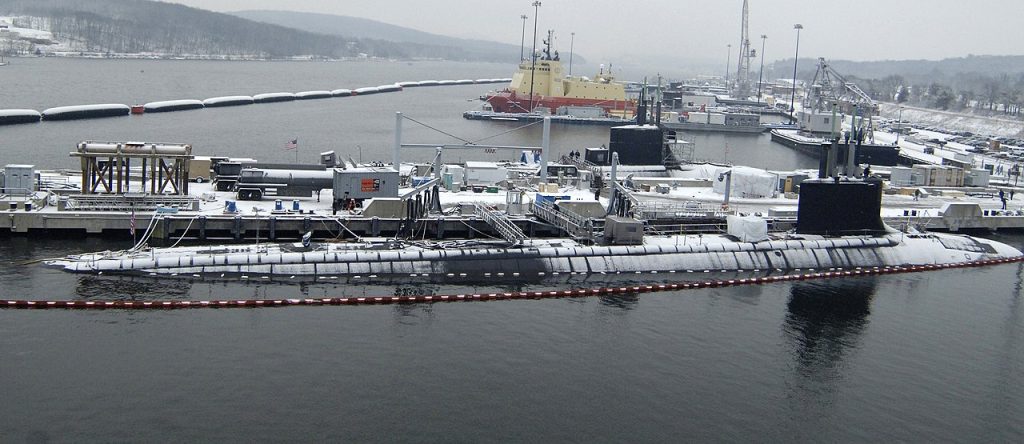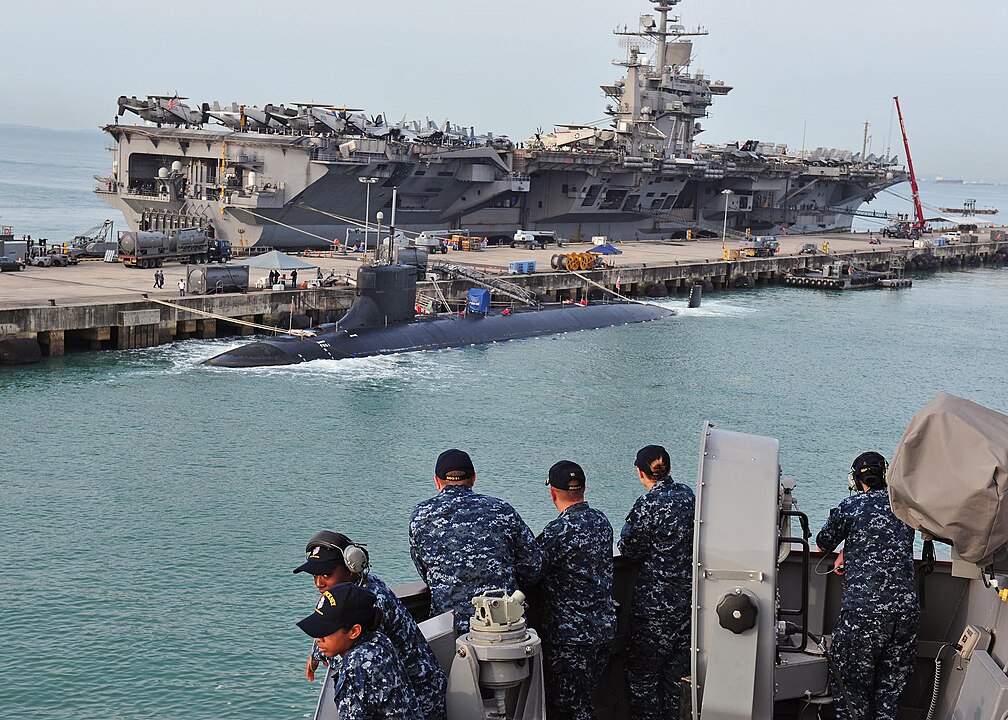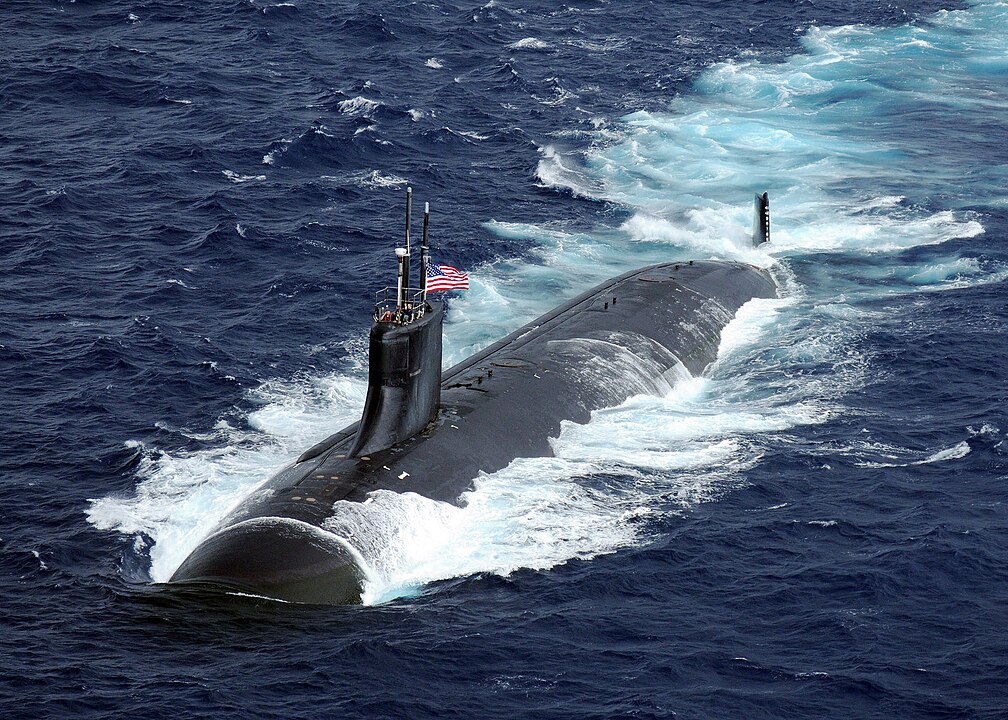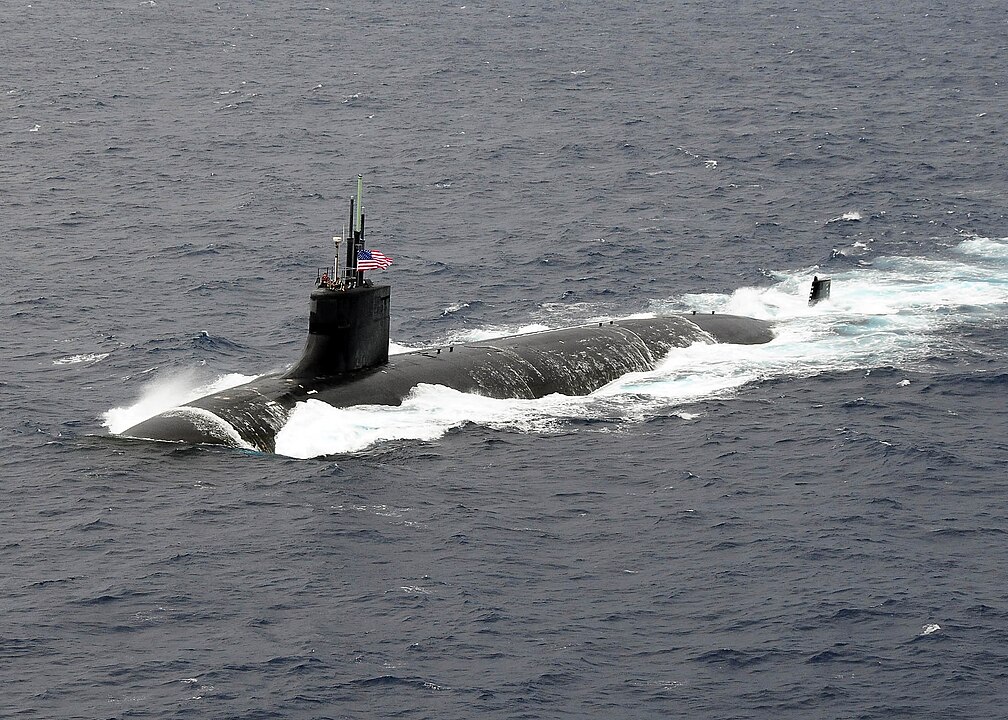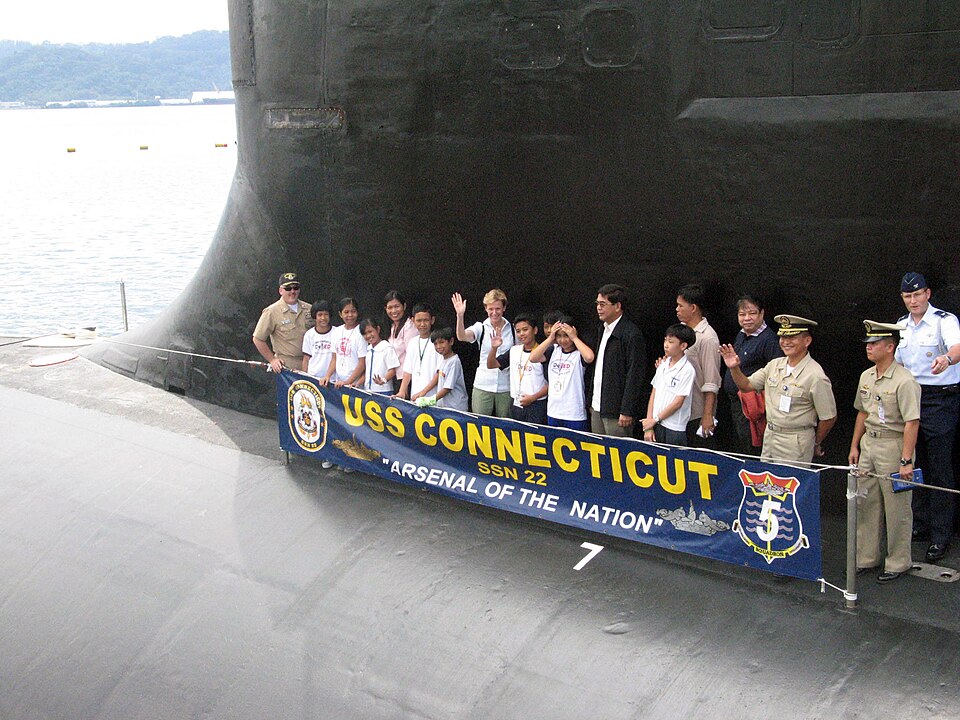
On October 2nd, 2021, the USS Connecticut, one of the US Navy’s formidable Seawolf-class nuclear fast attack submarines, encountered a disaster that would mark a years-long setback for its operational readiness. Striking an underwater mountain , the USS Connecticut (SSN-22) sustained severe damage, prompting a costly and time-consuming repair process that is reflective of broader maintenance and readiness challenges facing the Navy.

The incident left the submarine’s bow and sonar dome sheared off, vanished beneath the waves. It hobbled to Guam for preliminary damage assessment and some repairs before embarking on a slow journey across the Pacific, surfaced all the while, ultimately docking at Puget Sound Naval Shipyard in Bremerton, Washington, for extensive repairs. Nearly two years after the collision, drydocking began on July 12, 2023, signaling the start of an arduous repair process that won’t see completion until at least early 2026. The repair costs, as communicated by a NAVSEA spokesperson, are estimated at a staggering $80 million.
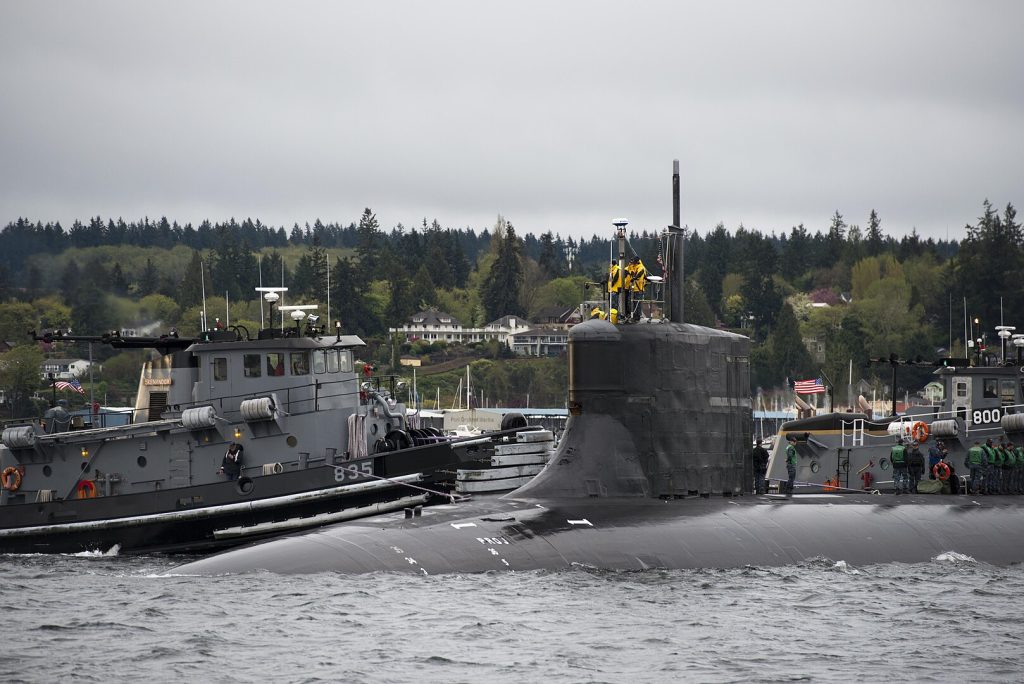
The complexities of repairing the USS Connecticut are manifold. Not only is the Seawolf class long out of production—limiting access to replacement parts—but the unique construction of the class, which only ever comprised three boats, poses unparalleled challenges. In the past, the Navy might have leveraged decommissioned submarines for parts, but with such a limited class, this traditional salvage path is closed. It is a situation that underscores the importance of the Connecticut as a prized asset, despite it having been in operation for 25 years.
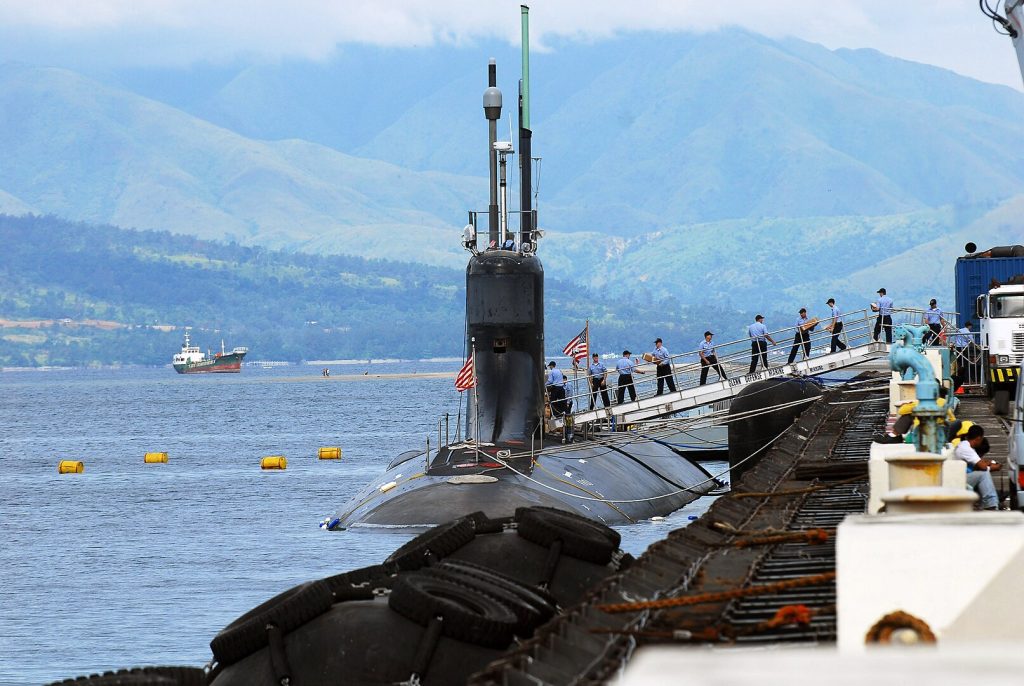
Contributing to the intricacy of the submarine’s plight are the concurrent seismic upgrades being undertaken at the Puget Sound Naval Shipyard. The Navy has embarked on “construction efforts include drilling holes for the installation of anchors inside the dry dock walls to enhance structural integrity and ensure the safety of the workforce, community, environment, and submarines.”
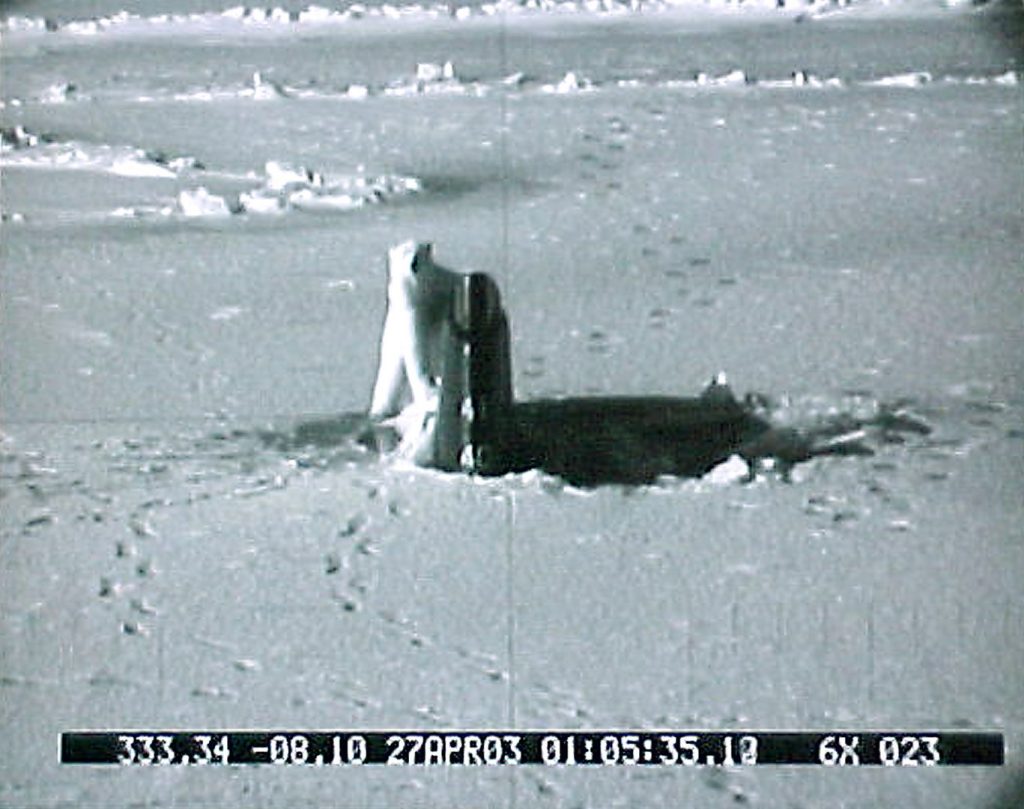
As of November 2022, nearly 40% of the Navy’s submarine fleet found itself sidelined in maintenance or awaiting such, a condition that has been termed a slow-moving crisis. The decision to undertake the expensive and lengthy repairs on the Connecticut may be, in part, an effort to mitigate this strategic disadvantage.
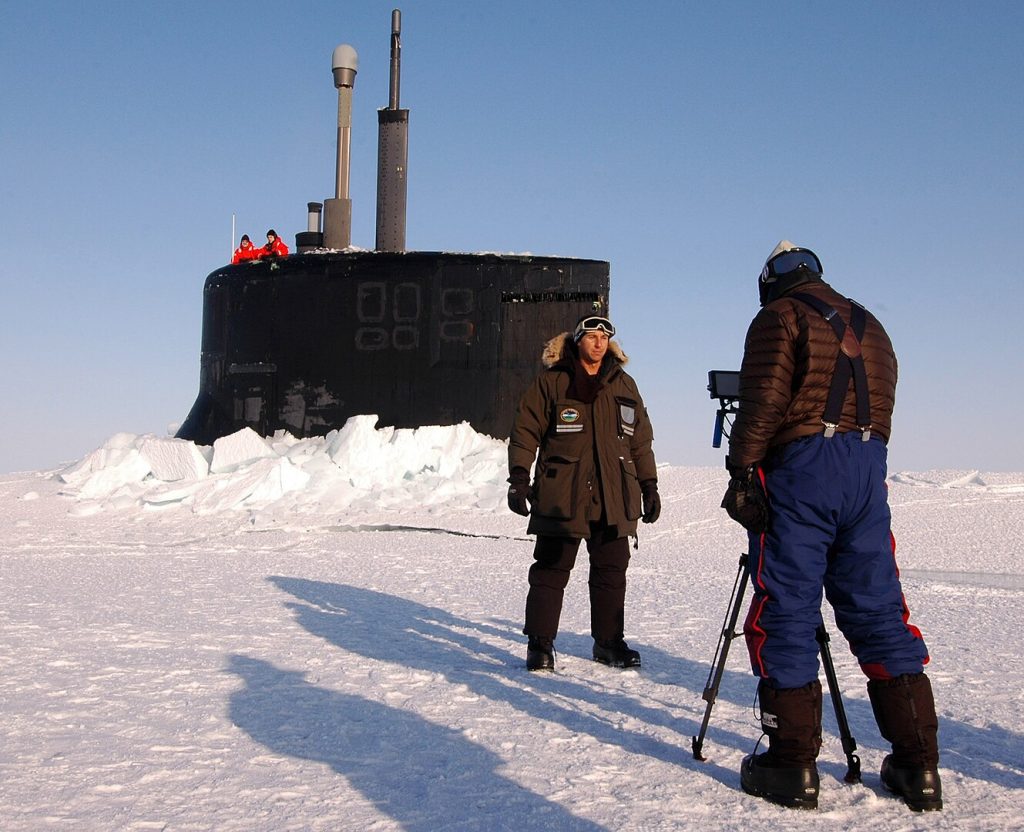
Notably, the propulsion plant of the USS Connecticut was unaffected by the impact and “continues to operate as designed.” The Navy’s commitment to returning this particular submarine to service underscores the vessel’s value and the critical capabilities it brings to the fleet. Furthermore, the extensive repair period presents an opportunity for potential upgrades to the boat’s systems, though specifics remain undisclosed.
related images you might be interested.
